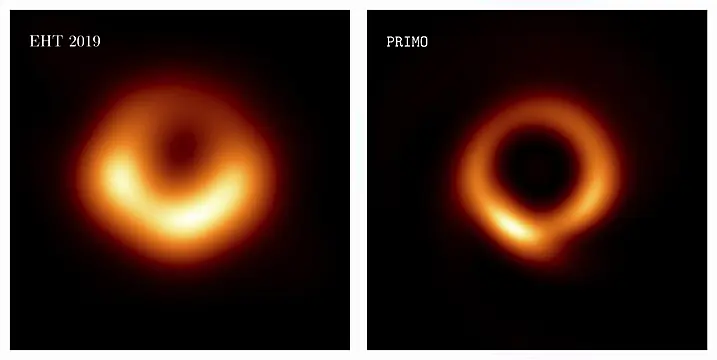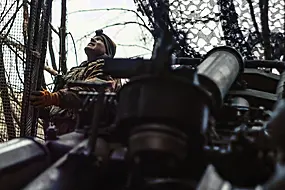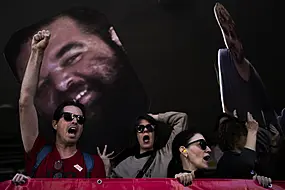The first image of a black hole captured four years ago showed a fuzzy, fiery doughnut-shaped object.
Now, researchers have used artificial intelligence to give that cosmic beauty shot a touch-up.
The updated picture, published on Thursday in the Astrophysical Journal Letters, keeps the original shape, but with a skinnier ring and a sharper resolution.
The image released in 2019 gave a peek at the enormous black hole at the centre of the M87 galaxy, 53 million light-years from Earth.
So excited to finally share that our paper presenting a new image of M87 is out! See press release here: https://t.co/oQWrdhw6lh paper here: https://t.co/o2wKKtdACg pic.twitter.com/93AlQvreNw
— Lia Medeiros PhD (@astronolia) April 13, 2023
A light-year is 5.8 trillion miles. It was made using data gathered by a network of radio telescopes around the world, showing swirling light and gas.
But even with many telescopes working together, gaps remained in the data.
In the latest study, scientists relied on the same data and used machine learning to fill in the missing pieces.
The resulting picture looks similar to the original, but with a thinner “doughnut” and a darker centre, researchers said.
“For me, it feels like we’re really seeing it for the first time,” said lead author Lia Medeiros, an astrophysicist at the Institute for Advanced Study in New Jersey, in the US.
She said the team plans to use machine learning on other images of celestial objects, including possibly the black hole at the centre of our Milky Way galaxy.







